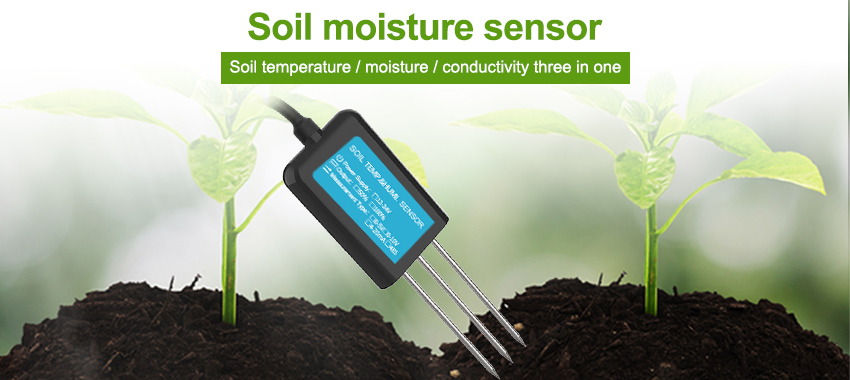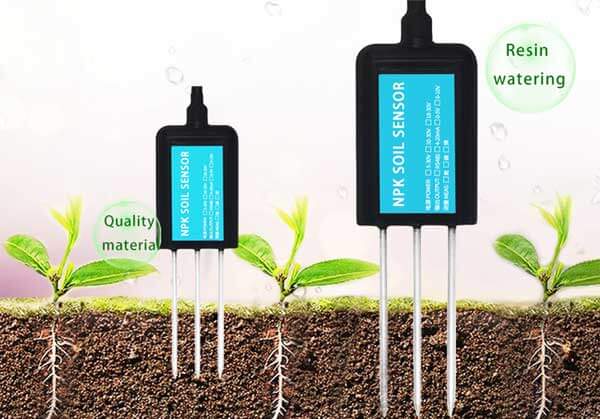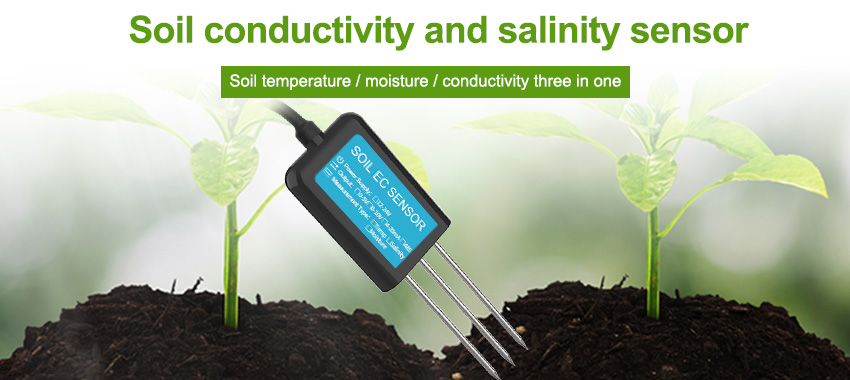Sustainable agriculture is becoming increasingly important as we strive to address the challenges of food security, resource scarcity, and environmental degradation. In this regard, soil sensors are emerging as crucial tools for achieving sustainable farming practices. By providing real-time data on soil conditions, these sensors empower farmers to make informed decisions about irrigation, nutrient management, and overall land stewardship. This article explores the role of soil sensors in sustainable agriculture, highlighting their benefits, applications, and potential for transforming farming practices.

Understanding Soil Health:
Soil health is fundamental to sustainable agriculture. It encompasses a range of factors, including soil moisture, temperature, nutrient availability, pH levels, and organic matter content. Traditionally, farmers have relied on visual inspection and manual sampling to assess soil health, which can be time-consuming and subjective. Soil sensors offer a more efficient and accurate way to monitor and manage soil conditions, enabling sustainable agricultural practices.
Benefits of Soil Sensors in Sustainable Agriculture:
a. Precision Resource Management: Soil sensors provide real-time data on soil moisture levels, allowing farmers to optimize irrigation practices. By delivering water precisely when and where it is needed, farmers can reduce water consumption, minimize runoff, and conserve this precious resource.
b. Nutrient Optimization:
Soil sensors help farmers manage nutrient inputs effectively. By monitoring nutrient levels in the soil, farmers can tailor fertilizer application to specific crop requirements, avoiding over-application or under-application. This reduces nutrient leaching and runoff, preventing water pollution and optimizing plant nutrition.
c. Improved Crop Yield and Quality:
By closely monitoring soil conditions, farmers can create optimal growing environments for their crops. Soil sensors enable precise control over irrigation, nutrient application, and other growth factors, resulting in improved crop yields and enhanced quality.
d. Early Detection of Problems:
Soil sensors can detect changes in key soil parameters that may indicate nutrient deficiencies, pest infestations, or diseases. Early detection enables farmers to take proactive measures, such as adjusting fertilizer regimes or implementing targeted pest control strategies, reducing crop damage and yield losses.
e. Environmental Stewardship:
Sustainable agriculture aims to minimize environmental impact while maximizing productivity. By employing soil sensors, farmers can optimize resource usage, reduce chemical inputs, and mitigate environmental pollution. This leads to enhanced biodiversity, improved soil quality, and the conservation of natural resources.
Applications of Soil Sensors: a. Irrigation Management: Soil sensors play a vital role in optimizing irrigation practices. They provide real-time data on soil moisture levels, allowing farmers to apply water precisely when plants need it. This prevents both over- and under-irrigation, leading to water conservation and better crop performance.
b. Nutrient Monitoring and Management: Soil sensors help farmers monitor nutrient levels within the soil. This information guides decisions regarding fertilizer application rates, timings, and formulations. By applying fertilizers efficiently, farmers can minimize nutrient loss, decrease environmental pollution, and improve plant health.
c. Soil Health Assessment:
Soil sensors provide insights into key soil health parameters such as pH levels, organic matter content, and electrical conductivity. By continuously monitoring these factors, farmers can assess soil fertility, identify areas for improvement, and implement appropriate soil management strategies.
d. Pest and Disease Management: Changes in soil parameters detected by soil sensors can indicate the presence of pests or diseases. By monitoring these changes, farmers can implement early intervention measures, reducing the reliance on chemical pesticides and promoting integrated pest management practices.

Integration with Precision Agriculture Systems:
Soil sensors can be integrated into larger precision agriculture systems, which combine data from various sources, such as weather stations, satellite imagery, and machinery sensors. Integrated systems utilize advanced analytics and decision support tools to provide farmers with comprehensive insights and recommendations. This integration enhances the effectiveness of soil sensors by incorporating a broader range of data for more accurate and holistic decision-making.
Overcoming Challenges and Future Developments:
a. Cost and Accessibility: The initial cost of soil sensors can be a barrier to adoption for some farmers. However, as technology advances and economies of scale are realized, costs are expected to decrease, making soil sensors more accessible to farmers of all scales.
b. Calibration and Maint
